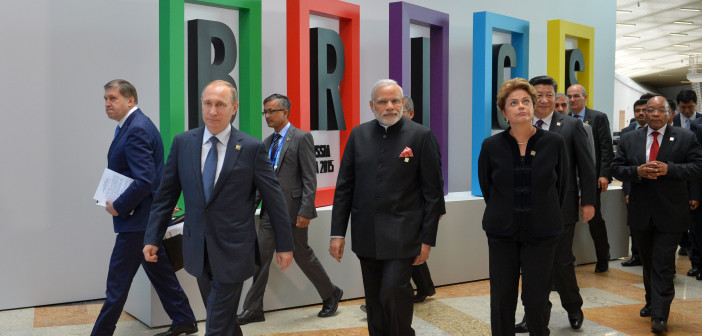“The arrangement is important not only because it provides the possibility to quickly obtain additional liquidity, but its very existence has a positive, stabilizing effect on the market. Similar agreements created by other countries (for example, the European Stability Mechanism) continue to be in force and fulfill their functions,” Russia’s BRICS group representative told TASS.
There is a number of technical documents to be signed during the next meeting of the BRICS Central Bank Governors and Finance Ministers, the official added.
Currently there are “no signals of an immediate need of the pool’s funds from BRICS partners,” according to the official.
The agreement was ratified by Russia’s upper house of Parliament and by Russian President Vladimir Putin.
China will make the biggest contribution of $41 billion to the fund. Russia, Brazil and India will donate $18 billion each, while South Africa’s investment will be $5 billion.
Last July, the group of five BRICS countries (Russia, Brazil, India, China and South Africa) agreed to a reserve currency pool worth over $100 billion as well as the $100 billion BRICS Development Bank.
